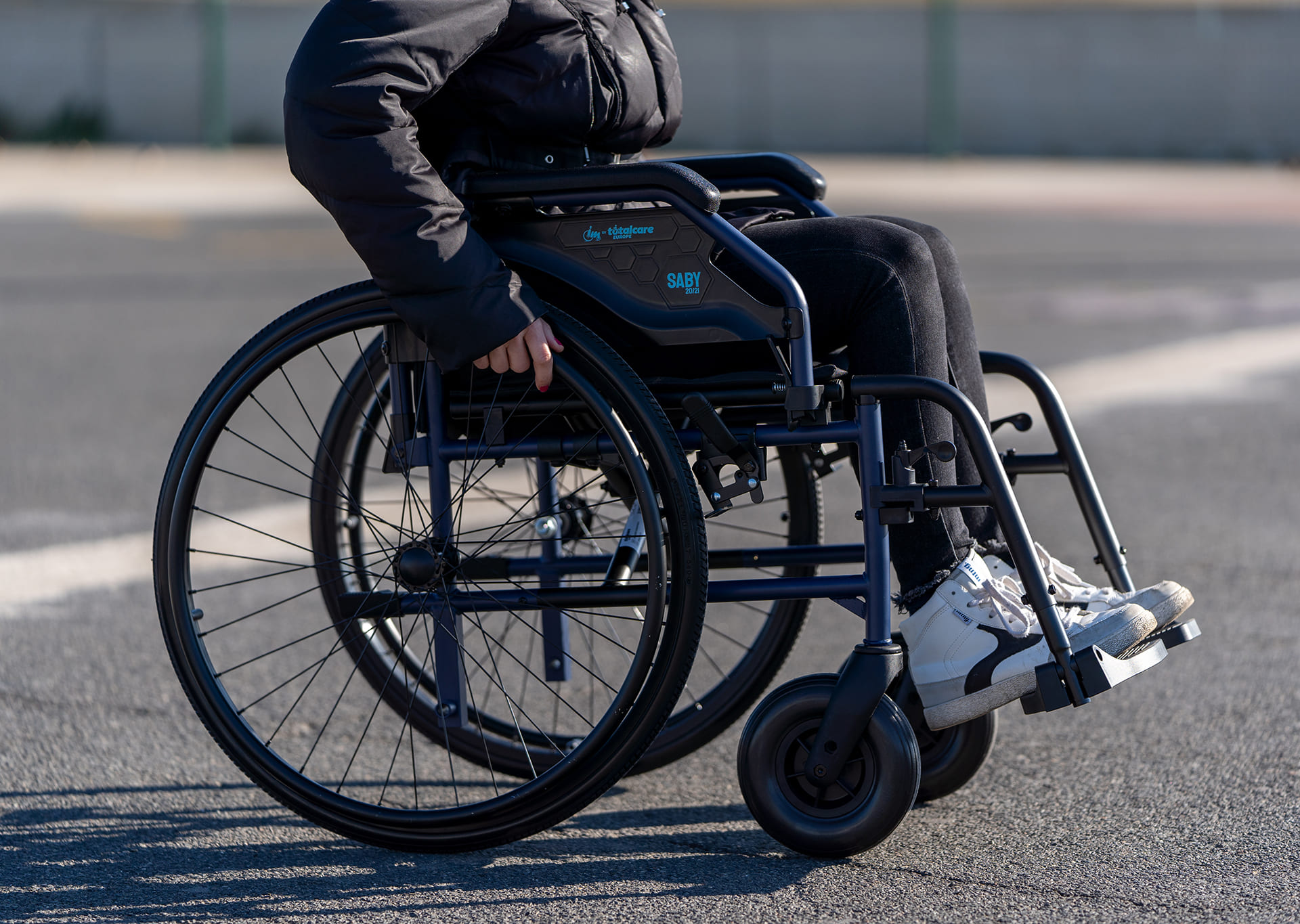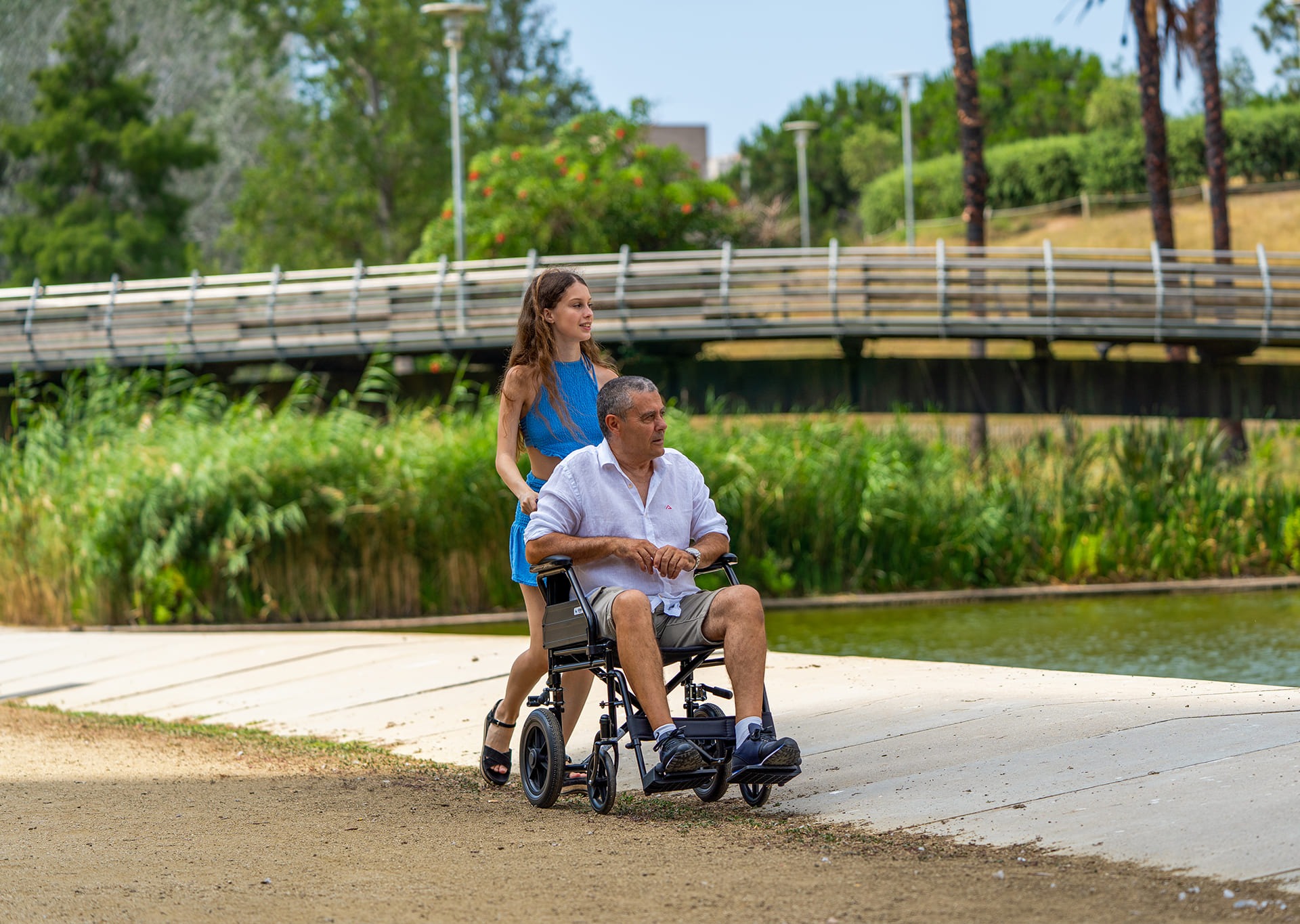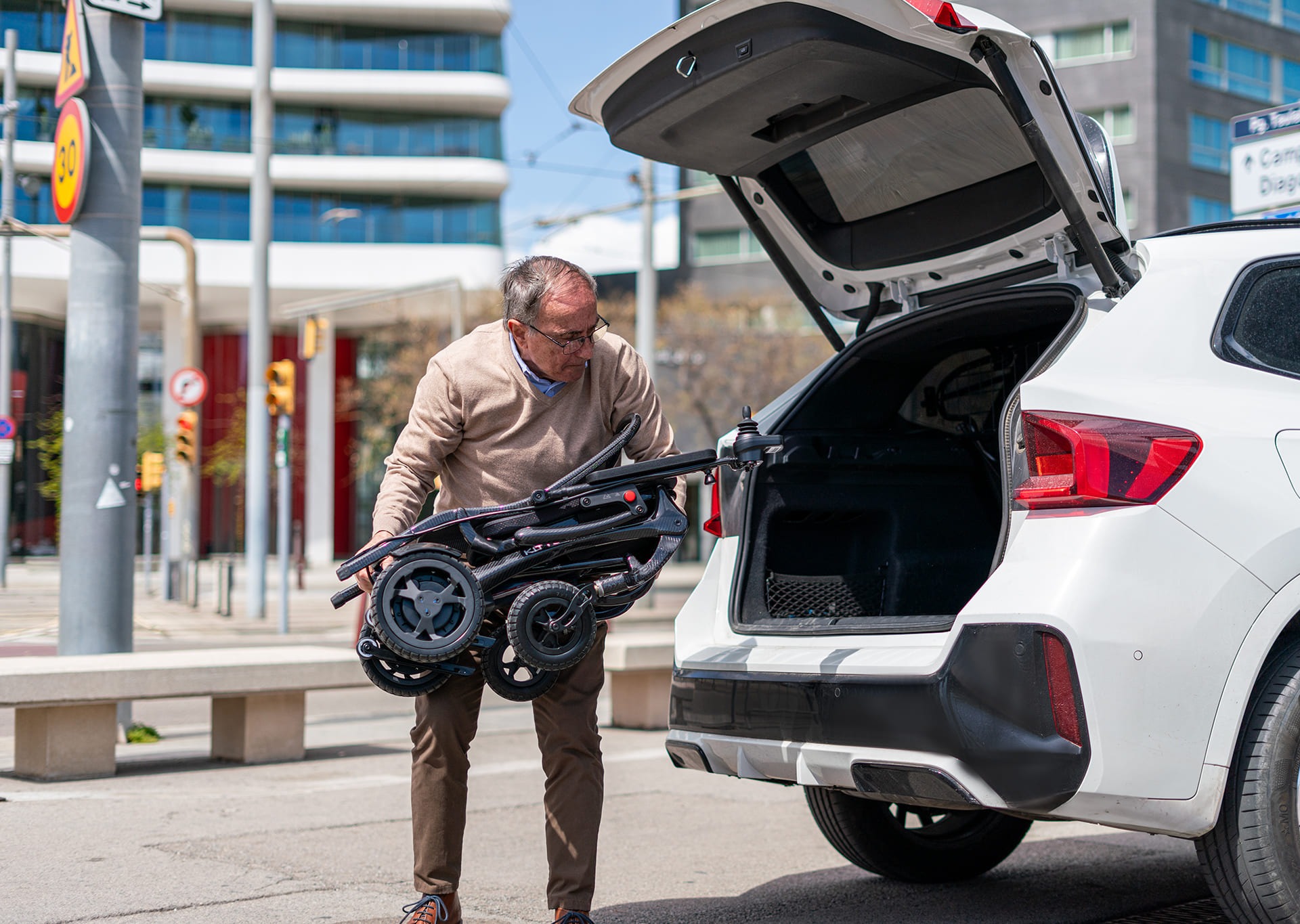
How to properly clean wheelchairs or rollators
Mobility aids such as wheelchairs and rollators are essential devices for many people, allowing them to maintain their independence and quality of life. To ensure that these devices continue to function properly and are safe to use, it is crucial to keep them in good condition. Proper cleaning not only preserves the functionality of the wheelchair or rollator, but also improves user comfort and prevents potential damage that could compromise their safety. In this article, we will provide you with a detailed guide on how to efficiently clean and maintain these devices, without damaging their structure or components.
Importance of regular cleaning
Proper maintenance of mobility aids not only ensures their optimal functioning, but also contributes to user safety. With daily use, these devices are exposed to dust, dirt, moisture, and other factors that can affect their performance and, over time, lead to premature wear of the materials. In addition, dirt buildup can interfere with the movement of the wheels, increasing the risk of falls or accidents. Therefore, regular cleaning is essential to ensure that your wheelchair or rollator continues to function efficiently.
How to clean a wheelchair
- Remove surface dust and dirt
The first step in cleaning a wheelchair is to remove any dust and dirt that accumulates on the surface. Use a soft, dry cloth or a handheld vacuum cleaner to clean the frame, wheel, and seat areas. It is important to avoid using vacuum cleaners with hard nozzles that can damage the material. This initial cleaning helps prevent dust and dirt from building up, which could affect the movement of the wheels or damage the seat fabric.
- Clean the wheels
The wheels are one of the most important parts of the wheelchairs and therefore require special attention. To keep them in good condition, you should first remove surface dirt with a soft cloth. Then, clean the wheel axles using a cloth slightly moistened with warm water. It is important that you do not use too much water, as excessive moisture can damage the internal components of the wheels. After cleaning, be sure to dry the wheels thoroughly to prevent water from accumulating on the moving parts and causing corrosion.
- Clean the frame and metal parts
The wheelchair frame and metal parts should be cleaned with mild products to prevent damage or scratching. Use a non-aggressive detergent diluted in warm water to clean the frame and metal parts. Apply the detergent with a soft cloth and make sure the entire frame is well covered. Avoid using abrasive or aggressive cleaning products that can damage the paint or parts of the device. After cleaning, dry the frame thoroughly to prevent moisture build-up.
How to clean a rollator
Rollators, although less complex than motorized wheelchairs, also need regular maintenance to ensure their functionality and safety.
- Clean the frame and handles
As with the wheelchair, the rollator frame should be cleaned with a soft cloth and a non-aggressive detergent. Make sure to clean the handgrips, which are one of the most frequent contact areas. These areas can accumulate sweat, oils and bacteria, so it is advisable to clean them regularly with a cloth moistened with water and mild soap.
- Check the wheels and brakes
It is important to check the wheels of the rollator to make sure they turn freely. Use a cloth to clean the wheels and check that there is no dirt accumulated in the joints. Also, check the brake system if your rollator has one. Make sure the brakes work properly and that there is no visible damage to the moving parts.
Checking and maintaining the mechanical components
Cleaning alone is not enough to keep mobility aids in good condition. Regular maintenance is essential to ensure that all mechanical components are working properly. Make sure to check:
- The brakes: Check that the brakes are in good condition and properly adjusted. Worn brakes can compromise the user’s safety.
- The screws and nuts: Over time, parts can become loose due to constant use. Perform regular inspections to ensure that all nuts and bolts are tight.
- Wheel bearings and axles: Check the wheels for damaged or worn parts. Bearings must be in good condition to prevent the wheels from stopping or not turning easily.
Consulting a professional
If you are unsure how to clean or maintain your wheelchair or rollator, or if you notice that any component is faulty, it is best to consult with a specialized professional. A maintenance technician can provide proper service, carrying out necessary repairs and adjustments to prolong the life of your device and ensure your safety.
Conclusion
Keeping your wheelchair or rollator in excellent condition not only ensures its efficient operation, but also improves your safety and comfort. Regular cleaning and proper maintenance are essential to prevent premature wear, improve mobility and reduce the risk of accidents. By following these simple tips, you can ensure that your mobility device continues to function properly, helping you maintain your independence and quality of life without compromising your safety. Do not hesitate to seek professional help if necessary to ensure that your wheelchair or rollator is always in the best possible condition.








